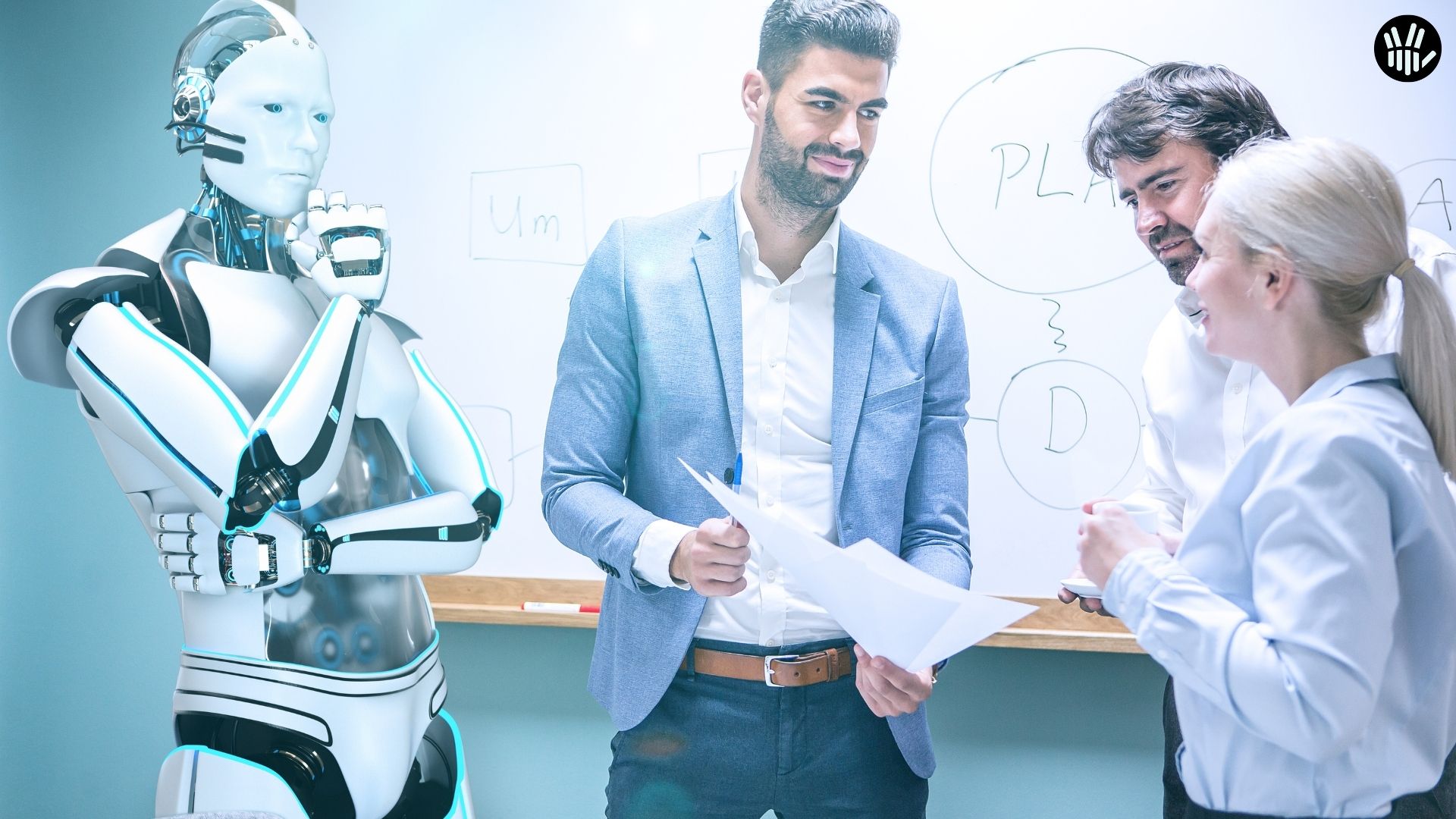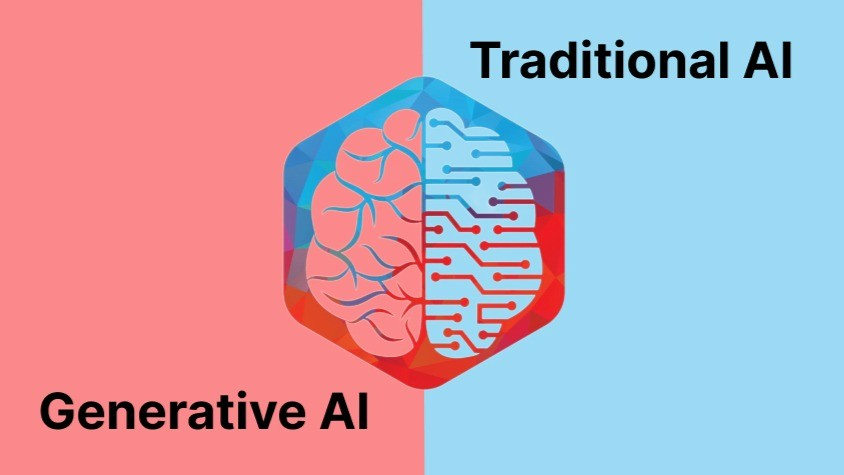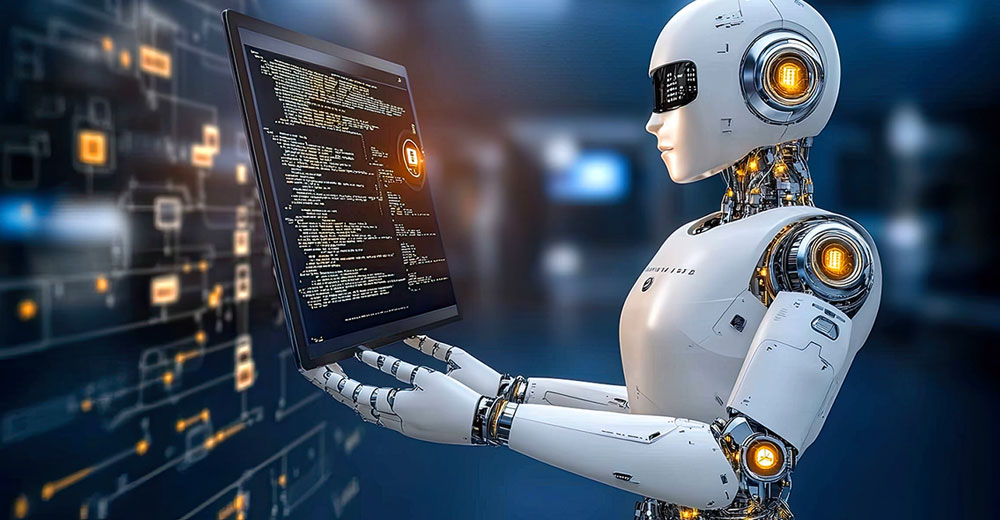Did you ever think we would see robots walking beside us, computers writing stories that we interpreted as human? What used to be science fiction is now in our reality. Two advanced technologies, Generative AI and humanoid robots, are leading us down this path. One is completely software-based and the other is hardware-based, but both are working toward the same outcome: autonomous, adaptive, intelligent systems.
I. A Shared Goal: Autonomous Intelligence in Generative AI and Humanoid Robotics
-
- Generative AI (think Chat GPT, Midjourney, etc.) creates unique text, images, and code. It makes unpredictable outputs, no longer just confined to predefined rules.
-
- Humanoid robots, built for unpredictable real-world environments, learn to walk, perceive, and act autonomously.
Connection: Both want to move from programmed behavior to creative problem-solving and flexible processes.
II. Learning from Data and Experience
-
- Generative AI learns by consuming massive amounts of digital data, in the form of text, images, and videos. This helps it to understand nuance and complexity in context, allowing it to generate high-quality, realistic outputs.
-
- Humanoid robots learn in the physical world. They observe, interact, and influence the environment using cameras, sensors, and microphones. They learn by:
1. Watching and copying human actions
2. Exploring and observing patterns of information.
3. Exploring and observing patterns of information.
4. Learning-by-doing using trial-and-error methods.
Connection: The more complex the experience, the more intelligent and sophisticated the agent becomes, be it digital or physical.
III. Simulation: A Safe Place for Training
-
- AI models are trained in simulated environments to advance capabilities before they are used in the real world.
-
- Robots practiced millions of movements in simulated environments to practice locomotion, balance, and manipulation.
Connection: Simulations accelerate learning, reduce risk, and lower development costs, similarly to how pilots used flight simulators.
IV. Overcoming Challenges in Human Interaction with Humanoid Robotics & AI
-
- Generative AI must form an understanding of the human language, human emotions, and context to provide a meaningful response in conversations where it must often take on the persona of a digital assistant or content creator.
-
- A humanoid robot must form an understanding of our body language, the tone of our voice, and social cues in order to interact with us appropriately while also being physically aware of its environment so that it does not cause discomfort or danger to people.
Connection: Whether digital or physical, both must behave as naturally as possible when interacting with humans to facilitate understanding of all the subtleties involved in the interaction.
V. Ethical Considerations in Humanoid Robotics and AI Development

-
- We understand the ethical concerns with generative AI arising from deepfakes, misinformation, data bias, and employment disruption. We cannot forget that its complexity has resulted in certain decisions being difficult to explain, which results in transparency issues.
-
- There are ethical questions to consider about humanoid robots, such as autonomy, implications for employment, emotional engagement with humans, and safety.
Connection: Both need ethical frameworks, transparency, some human oversight, and public trust to ensure the impact is positive.
VI. The Future of AI and Humanoid Robotics: Collaborative Innovation
How Generative AI Enhances Humanoid Robotics Capabilities
-
- Generative AI adds improved perception, speech, decision making, and code generation to robots.
-
- Humanoid robots offer AI real-world feedback to train real-world models, while closing the “reality gap.”
Connection: Together, they form a complete system: AI is the brain, the robot is the body, and they give machines the ability to perceive, learn, and adapt to their real-world environments.
Why Does It Matter
The research behind this report is based on expert disclaimer statements, research papers, and the industry at large. Flomad International has set the bar for real-world AI and robotics internships through hands-on projects that build skills across software, hardware, and ethics. Their work seamlessly combines theory with practice.
Conclusion
The fusion of Generative AI and humanoid robots is creating a world where intelligent systems not only think creatively but also act purposefully in our physical world. If you are looking to build a career in robotics or AI, this is where you want to be. Internships, like those at Flomad International, are the perfect entry point to this interdisciplinary field.

Frequently Asked Questions (FAQs)
Q1: What is the difference between Generative AI and traditional AI?
Generative AI automatically builds new content-text, images-code, whereas traditional AI is primarily concerned with analyzing data or classification.
Q2: How do humanoid robots learn without a human brain?
Using their inherent sensory experiences (cameras for vision, tactile sensors for touch), they learn via exploratory learning experience from trial, imitation, & reinforcement learning systems. This process is very similar to how a child learns by doing.
Q3: Can Generative AI control humanoid robots in real-time?
Yes. Several systems are built to integrate AI models where the perception of the AI and future action planning are seamlessly bridged from a language context, straight into physical execution as the robot moves.
Q4: Are humanoid robots a threat to employment?
Humanoid robots may automate monotonous and hazardous jobs, but they can also create jobs in oversight, maintenance, ethics, and human-robot interaction teams.
Q5: What do you recommend to someone who wants to start a career working with humanoid robots?
I recommend studying artificial intelligence (AI), robotics, or mechatronics. Then start by building hands-on projects, and undertaking internships (such as Flomad International, or contributing to open-source robotics projects.
Author: John Hazelwood, Founder of Flomad Labs. Fascinated by the intersection of AI and robotics, He leads cross-functional teams in developing next-generation robotic systems that bridge intelligence and movement.
Want to work on real-world AI and robotics?
Join flomad.international to shape your future in AI and robotics.

